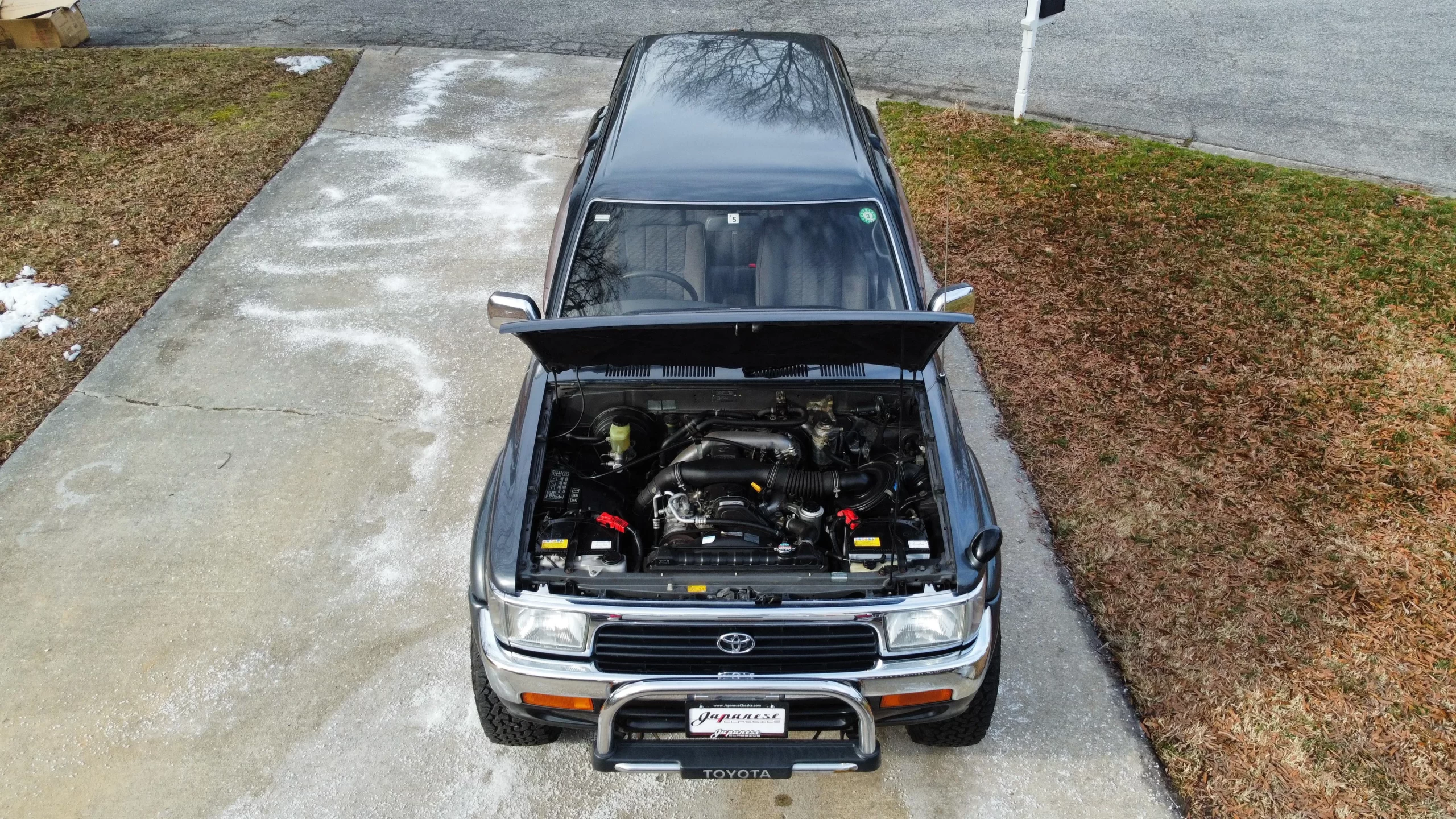
Post-World War II, Japan sparked an automotive revolution, giving birth to JDM cars—Japanese Domestic Market vehicles—now celebrated worldwide. While not claiming the title of the fastest or most powerful, their exclusivity and unparalleled craftsmanship have positioned them as favorites reaching well beyond Japan, a phenomenon partly fueled by Hollywood’s lens.
Setting aside stereotypes about Japanese markets—work ethic, top-notch manufacturing, and a commitment to perfection—entering the world of JDM car buying demands a discerning eye. What might seem true on TV doesn’t always reflect reality.
Beyond all of that movie magic and the multitude of myths surrounding these cars, a potential pitfall emerges: you might be misled when purchasing them. Our hands-on experience with JDMs over the years has equipped us to dispel the myths that have misguided many. In fact, we’ve broken down five of the most common misconceptions.
If you’re keen on getting your very own JDM, don’t hesitate to reach out. We’ll make sure you aren’t led astray and that you get exactly what you hope for, and nothing less.
This myth often stems from a widespread belief that lower mileage correlates with less wear and tear, implying a longer and healthier lifespan for the vehicle. While this is true to some extent, it isn’t necessarily the case with JDMs.
JDM cars are often imported from Japan, where road conditions and driving habits differ significantly from other regions. The well-maintained roads and strict regulations contribute to a generally smoother driving experience, potentially resulting in less wear on the vehicle, even with higher mileage.
The myth also falls short as it doesn’t consider factors like regular maintenance, service history, and overall vehicle condition. A JDM with lower mileage may still face issues if it hasn’t received proper care and maintenance throughout its life. Buyers must shift their focus away from mileage alone and consider a more holistic perspective.
The idea that all JDMs are sports cars is a common misconception, and it’s easy to see why. JDM cars encompass a wide variety of vehicles, extending far beyond the scope of sports cars. Just like not every JDM is built for speed, certainly, not all fall into the category of sports cars too. Take the Suzuki Jimny, Nissan Cedric, and Toyota Crown, for example. They’re JDMs but definitely not sports cars.
This confusion often originates from the fact that many of these vehicles emerged during what is regarded as the golden age of the Japanese auto industry. In those days, every Japanese carmaker produced everything from sports cars and sedans to tiny Kei cars, wagons, and even Kei trucks—all labeled as JDMs, regardless of their performance orientation. So, there are JDMs out there that are probably only good enough for your daily commute—far from the speed and thrill of a sports car.

Believe it or not, purchasing your own JDM will not cost you an arm and a leg. While certain sought-after models may command a premium, the market is rich with diverse options catering to various types of collectors.
While it’s true that the prices of JDM cars have seen an uptick in recent years, it’s crucial to note that this doesn’t universally apply to all JDMs. In fact, in our previous article, we explored several affordable options, with some even available for as low as $20,000.
Whether it’s a compact and efficient city car or a reliable family sedan you’re looking for, feel free to reach out.We will guide you through the available options and help you find a JDM that not only fits your preferences but also aligns with your budgetary constraints.
You’ve probably heard statements like “Odometer rolling is illegal in Japan, so it doesn’t happen” or “No one would dare do it because of jail time”. Unfortunately, the reality is that approximately 80% of JDM cars have incorrect odometer readings.
By law, every Japanese car must be registered every two years. If you’re looking at a 15-year-old car, it should have a bunch of registrations. That’s a good way to make sure the mileage is accurate. But here’s the thing: most exporters tend to avoid this conversation. That’s why it’s crucial to double-check by independently verifying the chassis number.
Getting a report or inspection from a third-party service like JEVIC can be helpful. It gives you a better idea about the car’s history from auctions, making you feel more confident about your decision. Even if a reputable Japanese seller provides paperwork for a car that appears brand new, it’s still a good idea to do your research.
These cars are primarily made for people in Japan, where car parts can be sourced locally. However, the scenario changes when these cars are imported. Sourcing these components from aftermarket companies can also be challenging. Some think the parts are cheap because the cars themselves are inexpensive, but that’s not always true. You might end up spending more, especially if the parts are unique to the Japanese market.
And it’s not just the cost of the parts themselves; you also must pay for shipping and import fees to get them from Japan to your country. Sometimes, sellers increase the prices depending on how hard it is to get these parts. So, even if you’ve saved money buying the car, fixing it can get expensive.

If you’re considering purchasing JDMs, it’s essential to be aware of these myths to manage your expectations and avoid disappointment. Being armed with the right knowledge is the key to steering clear of letdowns in your car-buying journey.
Contact Info